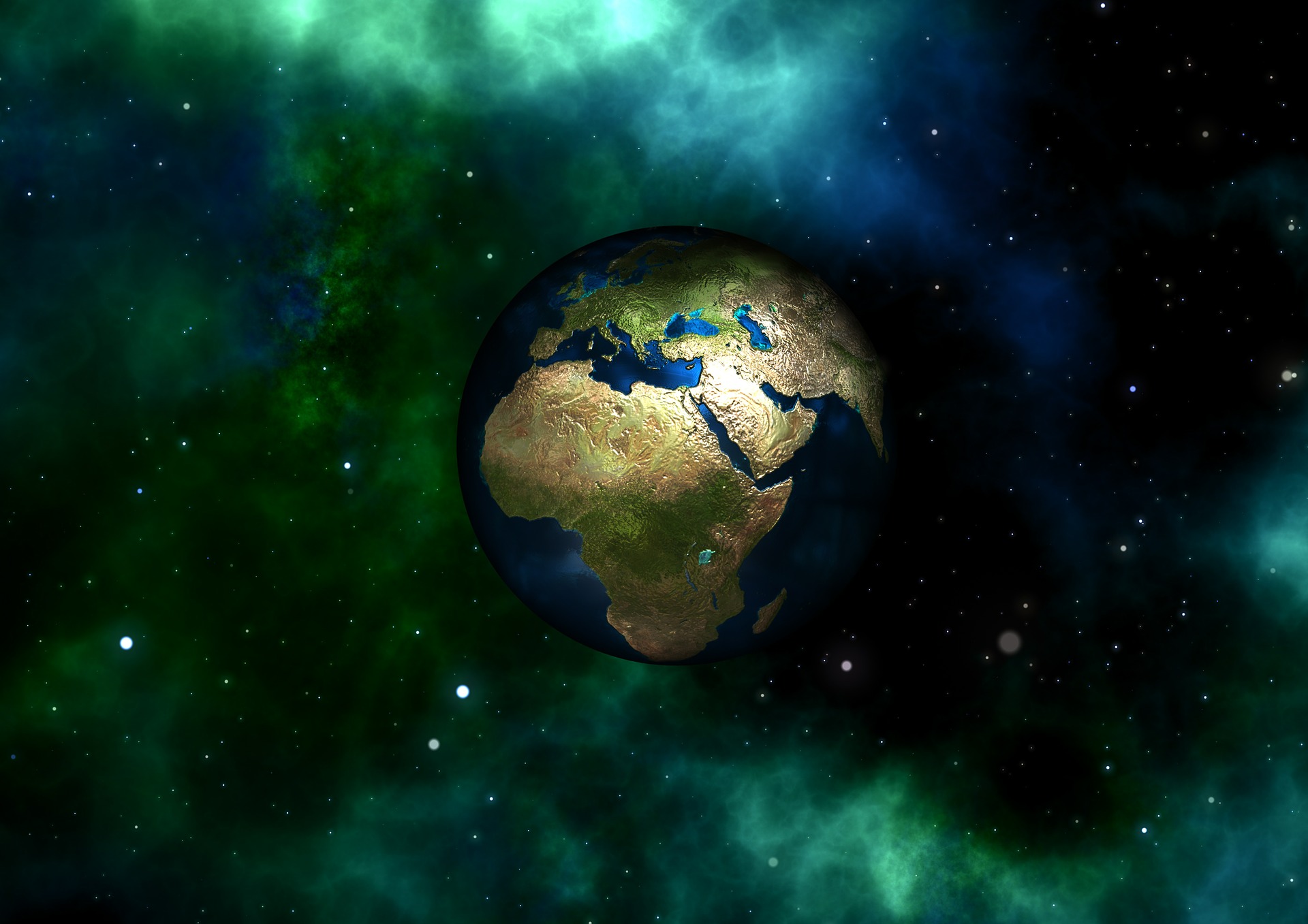
April 22nd is Earth Day, a valuable opportunity to consider our relationship with the earth and how we can protect it. These days, we cannot think about the planet without thinking of the massive challenges posed by climate change. Rising temperatures caused by human activities, largely the burning of fossil fuels, are threatening our oceans and wildlife and making large parts of the earth dangerous and uninhabitable.
As parents, this issue may conjure a range of emotions. Fear, knowing that our children and grandchildren will have to navigate life under the increasingly extreme effects of a warming planet. UNICEF claims that nearly every child in the world is at risk from at least one climate hazard. Sadness, knowing that the earth that we have experienced will not look the same to future generations. Guilt, knowing that in parts of the world there is already a struggle to manage the effects of climate change and we are doing little to prevent it.
Perhaps overwhelmingly, despair and hopelessness- where do we even find the space and time to think about these big issues when we are entangled in the everyday work of raising children, let alone take meaningful action? Most days, I feel I’ve done well if everyone is clothed and fed!
These feelings can be paralyzing, making the issue of climate change seemingly easier to ignore than to address.
But when my kids ask me- as I have no doubt they will as they become increasingly aware of global events- what I am doing to ensure a planet is a habitable place for them and for others less fortunate, I want to be able to tell them that their concerns are my concerns. I want to be able to show, even though at times I feel overwhelmed by the issue, the tangible and conscious ways I am working to make this situation better.
I am not a scientist, but from one busy and tired parent to another, here are 3 ways parents can begin to approach this issue in manageable and time-efficient ways.
First, we have to increase our awareness and understanding of the problem.
The more we know and are aware of this issue, the more it will become easier to make conscious day-to-day choices with climate change in mind.
I’ve found a good, quick way to do this is to take an online quiz. These are helpful because they can teach you a little about the impact of your habits on the climate while also helping you think through where you could make changes for maximum benefit. Try this 5 minute carbon calculator or CNN’s quiz on the most effective ways to curb climate change. If you find it easier to listen to than read, try finding a relevant podcast. Or perhaps try watching David Attenborough: A Life on our Planet.
Second, we need to involve our kids in our learning journey
Whenever I can I seek to involve my kids, in age-appropriate ways, in what I am learning. Children make great advocates and influencers, and teaching them about this issue now will impact their own choices and lifestyle habits in the future.
Even getting our littlest ones outside and connecting them to nature and the environment from an early age can instill a love and appreciation for our planet that will motivate them to be leaders of change.
Third, we need to rid ourselves of the idea that our actions will make no difference.
It is true that change on the scale that is needed must come from the top, that most of our choices about energy sources and our carbon load are dictated to us by powers beyond our control. However, that does not mean that personal changes we make will have no impact.
Maybe my individual actions won’t make a huge difference but our collective power as parents and consumers can. If every parent in this country implemented just one or two changes, like recycling more or driving to places less, that could mean a lot less waste going to landfills, or a lot fewer cars on the road.
Neither do we have to do all the things, all the time. Different families will have different constraints; we may not be able to afford to buy the greenest products all the time or avoid single-use plastics each and every day, but my guess is that if we did these things and others like them even half the time, that would have considerable impact.
Big change often starts with baby steps. In part 2, I’ll be sharing some of the areas where I’ve tried to adapt. By picking one area at a time, I felt more able to incorporate change into our already busy routines.
This Earth Day try picking just one thing to champion, give up or change. When you’ve mastered that one thing and it’s incorporated into your life, move on to the next. Change can be hard, but when it comes to this place that we call home, it is infinitely worth it.









